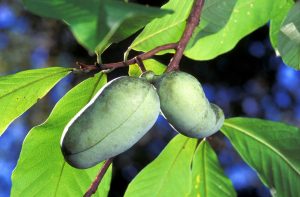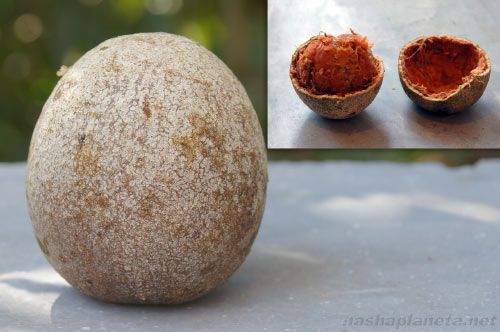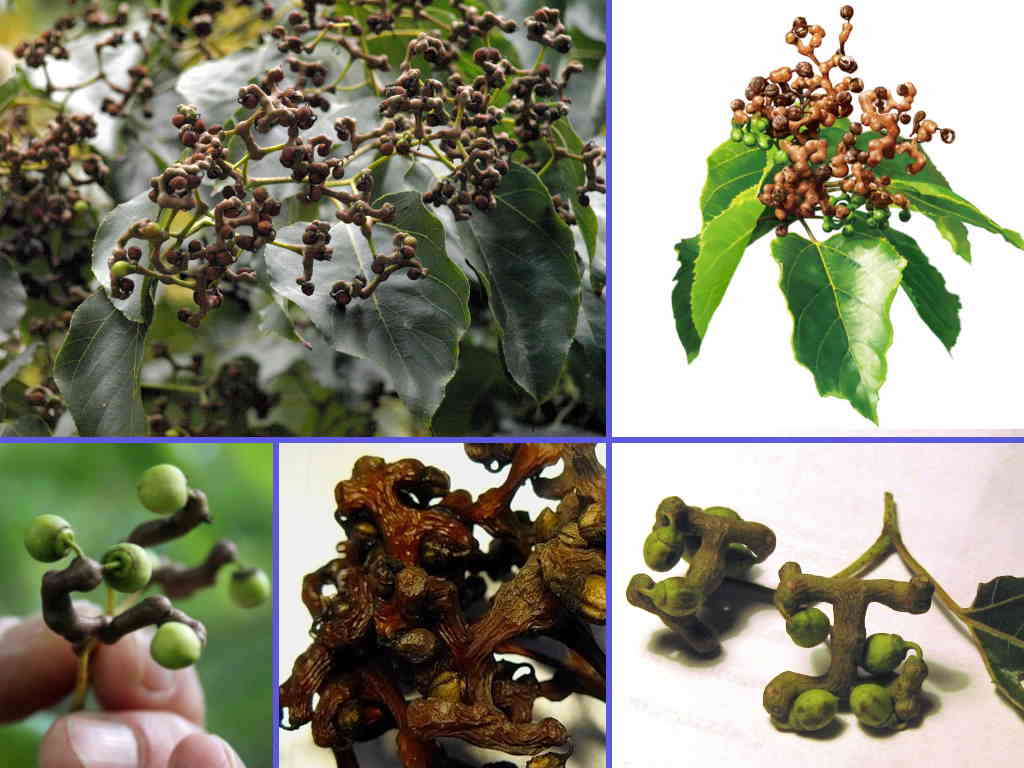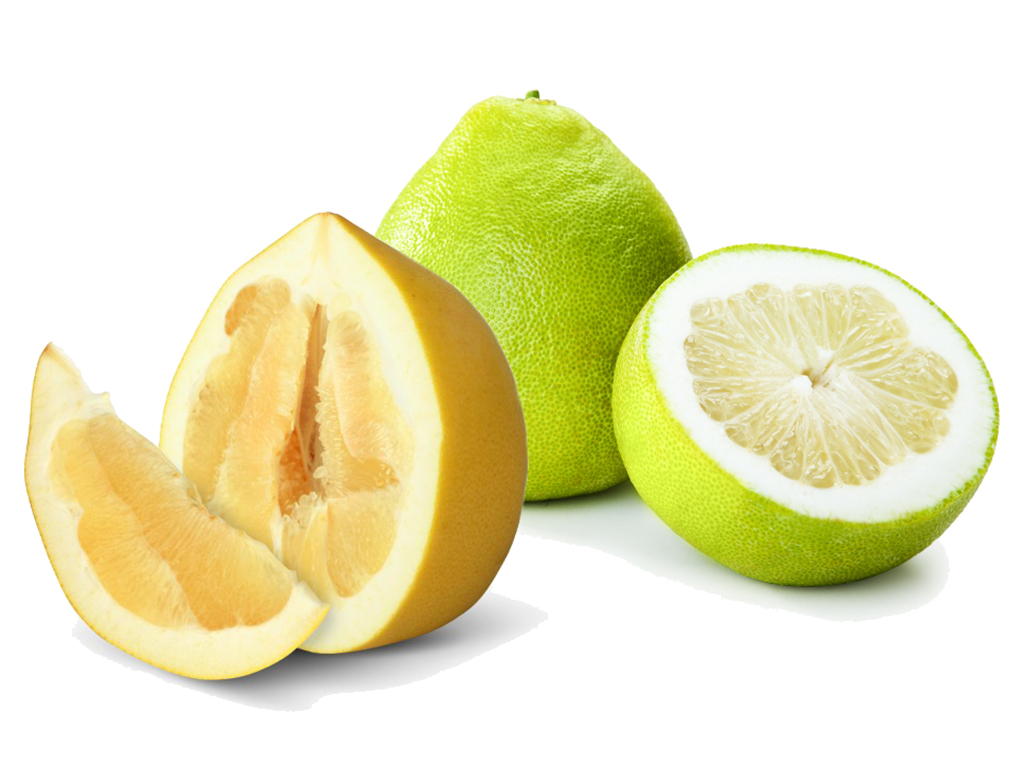“Poor Banana,” aka “Prairie Banana,” or Paw-Paw. This is Asimina triloba
 Few people know that there is a North American banana Lapa-paw (prairie banana). This banana grows in southeast America. Outwardly, it is very similar to an ordinary banana, only slightly shorter and has a more aromatic smell.
Few people know that there is a North American banana Lapa-paw (prairie banana). This banana grows in southeast America. Outwardly, it is very similar to an ordinary banana, only slightly shorter and has a more aromatic smell.
It is believed that the name Paw-Paw may be a distortion of the Spanish word papaya – by the association of the appearance of asimina fruits with these fruits. Historical documents have been preserved that mention that the fruits of Asimina were George Washington’s favorite dessert, and these trees also grew in the garden of Thomas Jefferson, in Monticello.
Over the years, interest in Asimin has increased, because this tree is resistant to disease, pesticides are not required to grow it. Asimina fruits contain a lot of protein, it is a tender and nutritious fruit that has not received well-deserved fame and wide distribution due to its poor suitability for transportation.
This is the only plant in the annon family that does not live in tropical areas. Trees growing in the north have falling leaves, while those growing in more southern latitudes, it is evergreen. The height of the asymim ranges from two to twelve meters. Asymine branches are red-brown in color, rather strong, the bark is brown, smooth at a young age, with growth it is covered by shallow cracks and a spotty gray pattern. When kneading, the leaves of asimina emit a pungent smell.
Asimina flowers smell unpleasant. They are collected in clusters of 6-8 flowers, however, single flowers are also found. Asimina flowers are quite large – up to 6 cm in diameter with six sepals and with six petals. At first the flowers are white, but as they grow older, their colors gradually change, becoming gradually red-brown; By typing in full color, the flowers fall off. Asimins are pollinated by meat flies and carrion beetles, which are attracted by an ugly smell. During flowering on large plantations, asimines specially attract rotten meat to attract the largest number of insects.
Asimina fruits are very similar to small plump bananas, which, like flowers, change color as they ripen, turning from green, first yellowish, and then brown. The fruits fully ripen by autumn, they are very juicy and taste like, depending on the area where the tree, banana or mango grew.




